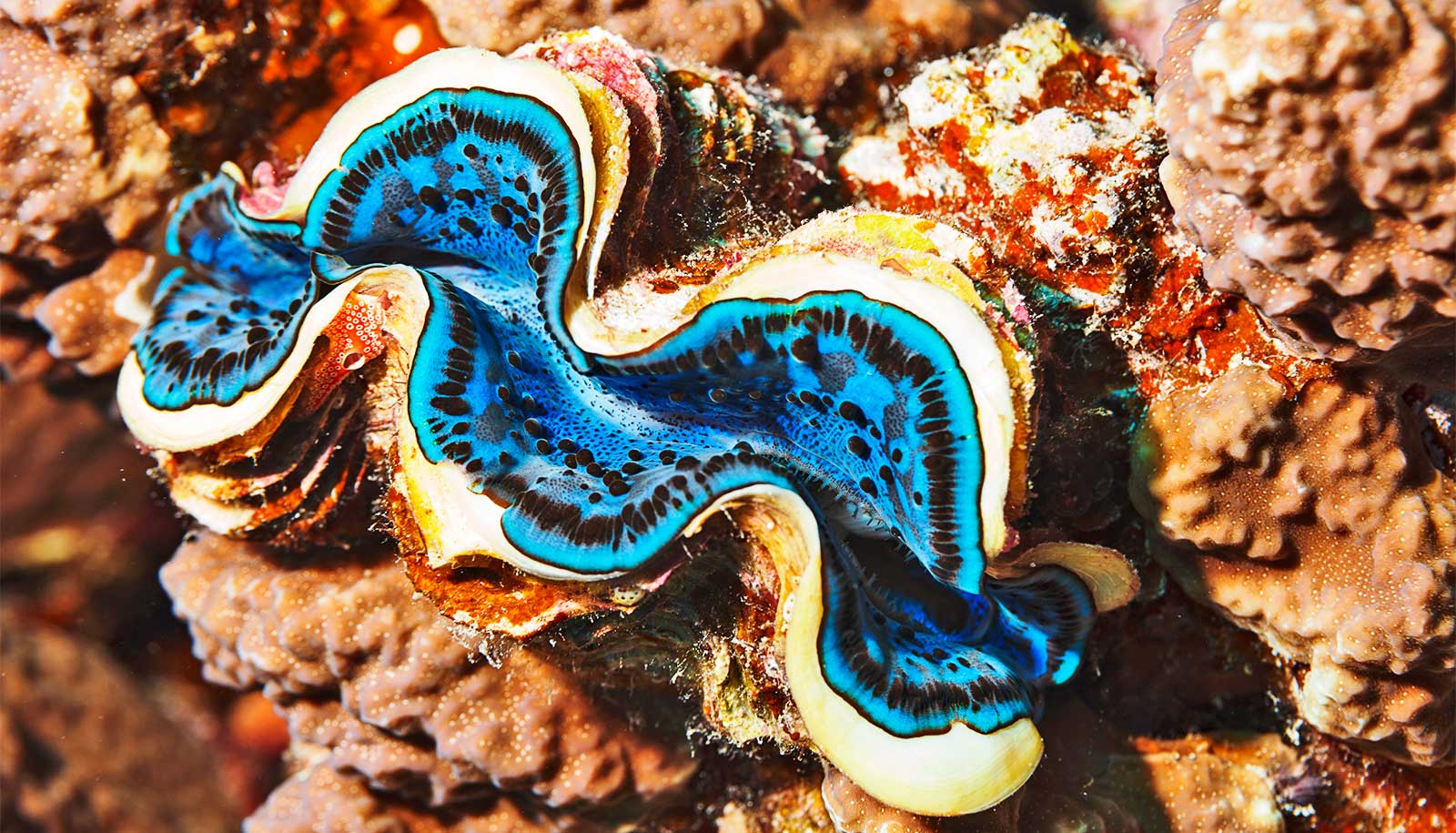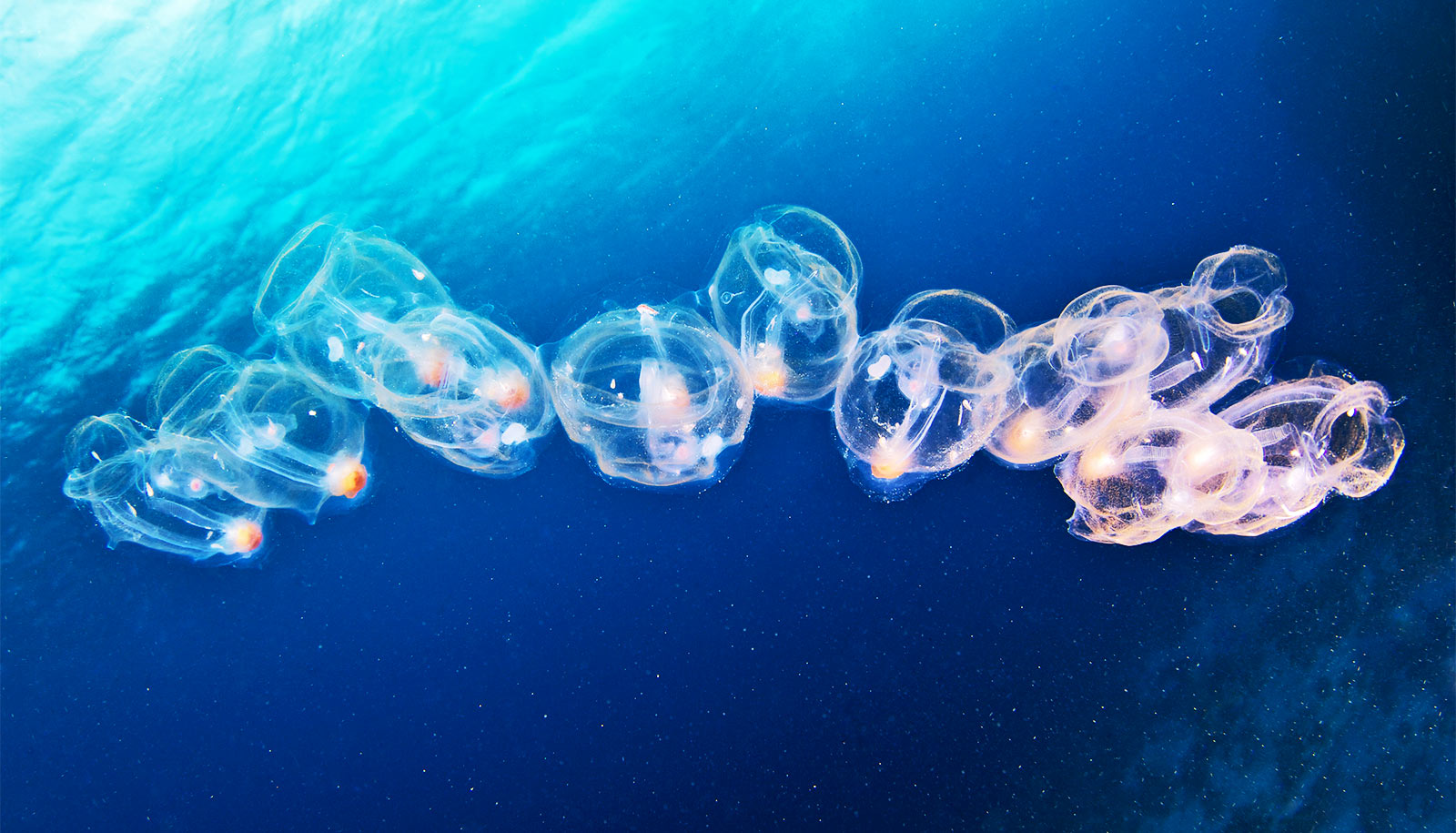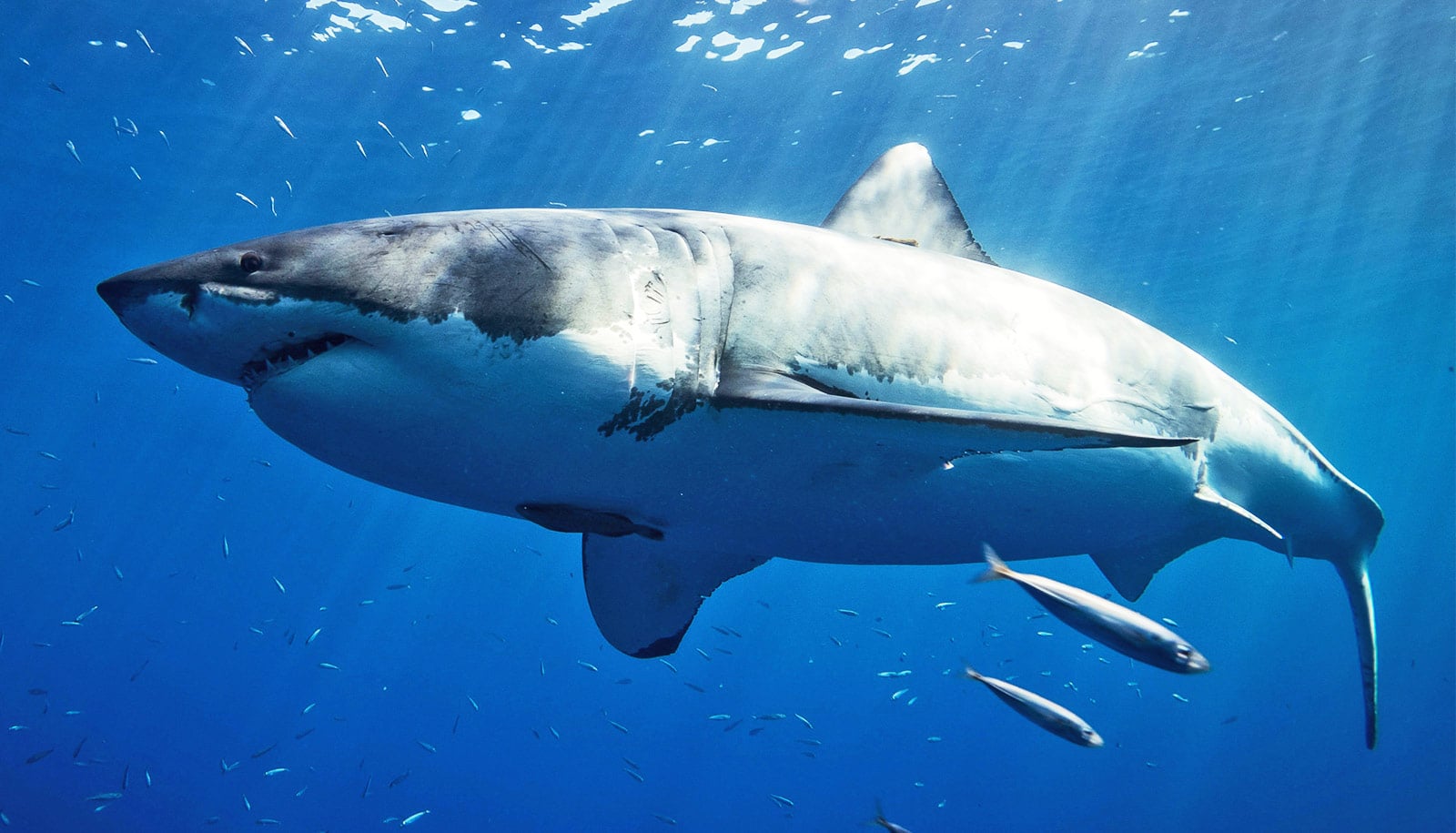A non-toxic glue works better than commercially available products—and could mean surgical glues to replace sutures and staples. Scientists modeled it after the adhesive proteins that mussels and other creatures produce.
More than 230 million major surgeries are performed worldwide each year, and over 12 million traumatic wounds are treated in the United States alone. Mechanical methods, such as sutures and staples, close about 60 percent of these wounds.
“Sutures and staples have several disadvantages relative to adhesives, including patient discomfort, higher risk of infection, and the inherent damage to surrounding healthy tissue,” says Julie Liu, associate professor of chemical engineering and biomedical engineering at Purdue University.
Most adhesives don’t work well in moist environments because water interferes with the adhesion process. While developing adhesives that overcome this problem is challenging, glues for medical applications need to do more: they have to be non-toxic and biocompatible, too.
“Current biomedical adhesive technologies do not meet these needs,” Liu says. “We designed a bioinspired protein system that shows promise to achieve biocompatible underwater adhesion coupled with environmentally responsive behavior that is ‘smart,’ meaning it can be tuned to suit a specific application.”
Sticky when wet
Natural glues have been an inspiration in researchers’ efforts to develop better alternatives. Specifically, underwater application and bonding has been demonstrated with materials based on organisms such as sandcastle worms and mussels. Both produce proteins containing the amino acid 3,4- dihydroxyphenylalanine, or DOPA, which has been shown to provide adhesion strength, even in wet environments.
Current FDA-approved adhesives and sealants face several challenges: many exhibit toxic characteristics, some can only be applied topically because they degrade into carcinogenic products; some are derived from blood sources and carry the potential for blood-borne pathogen transmission such as hepatitis and HIV; and others cause inflammation and irritation.
Sandcastle worms teach us how to make underwater glue
“More important, however, is that most of these adhesives do not possess sufficient adhesion in an excessively wet environment and are not approved for application in wound closure,” Liu says. “In fact, many of these materials specifically advise to dry the application area as much as possible.”
As reported in Biomaterials, researchers created a new adhesive material called ELY16, an “elastin-like polypeptide,” or ELP that contains elastin, a highly elastic protein found in connective tissue, and tyrosine, an amino acid. The ELY16 was modified by adding the enzyme tyrosinase, converting tyrosine into the adhesive DOPA molecule and forming mELY16.
Both ELY16 and mELY16 are not toxic to cells and work well under dry conditions. Modification with DOPA increases adhesion strength in highly humid conditions. Moreover, the modified version is “tunable” to varying environmental conditions and might be engineered to match the properties of different tissue types.
“To our knowledge, mELY16 provides the strongest bonds of any engineered protein when used completely underwater, and its high yields make it more viable for commercial application compared to natural adhesive proteins,” Liu says. “So it shows great potential to be a new smart underwater adhesive.”
The adhesive also has outstanding biocompatibility due to the use of human elastin.
“Our goal was to mimic the type of adhesion that mussel adhesive proteins have, and much other work has focused on the DOPA molecule as being critical to that adhesion,” Liu says. “We found that when the adhesive materials were exposed to large amounts of moisture, proteins containing DOPA had a much higher adhesion strength compared to unconverted proteins containing only tyrosine. So, DOPA conferred much stronger adhesion in wet environments.”
Strong yet flexible
The new sealant outperformed commercial adhesives including an FDA-approved sealant.
“Compared to this sealant, our proteins with DOPA have significantly higher adhesion strengths,” Liu says.
Sticky mussels inspire nontoxic flame retardant
Elastin-like polypeptides have the innate ability to “coacervate,” which causes them to separate into “two liquid phases,” one denser and more protein-rich than the other, mimicking the adhesion mechanism used by sandcastle worms.
The elastin provides this coacervation property, which makes possible an easy way to apply the adhesive under water. It’s also a flexible naturally occurring protein found in tissues, and it has been shown that elastin-like polypeptides can be “crosslinked,” or strengthened to change stiffness to mimic soft tissues.
“This elastin-like polypeptide can be produced in high yields from Escherichia coli and can ‘coacervate’ in response to environmental factors such as temperature, pH, and salinity,” she says. “Because the protein will coacervate in a warm liquid bath, a dense protein-rich phase forms. This protein-rich phase contains our adhesive material in concentrated form, and because it is denser than water, it does not disperse.”
The researchers tested the polymer with mouse cells called NIH/3T3 fibroblasts. These cells are often used in research to assess toxicity by examining how well cells survive and grow when exposed to new materials. To test for biocompatibility, the researchers measured the viability of NIH/3T3 fibroblasts cultured for 48 hours directly on a layer of ELY16, mELY16, and a control. In all groups, viability was greater than 95 percent.
Future research will include work to optimize the formulation of the adhesive and perform tests with natural materials.
“We started our tests with aluminum substrates because it is easier to achieve reproducible results using aluminum,” Liu says. “However, if we are interested in biomedical applications, we need to test substrates that are more similar to soft tissues in the body, and these substrates are more challenging to work with.”
Purdue’s Davidson School of Chemical Engineering and the College of Engineering, the National Science Foundation, and the Office of Naval Research funded the work.
Source: Purdue University



